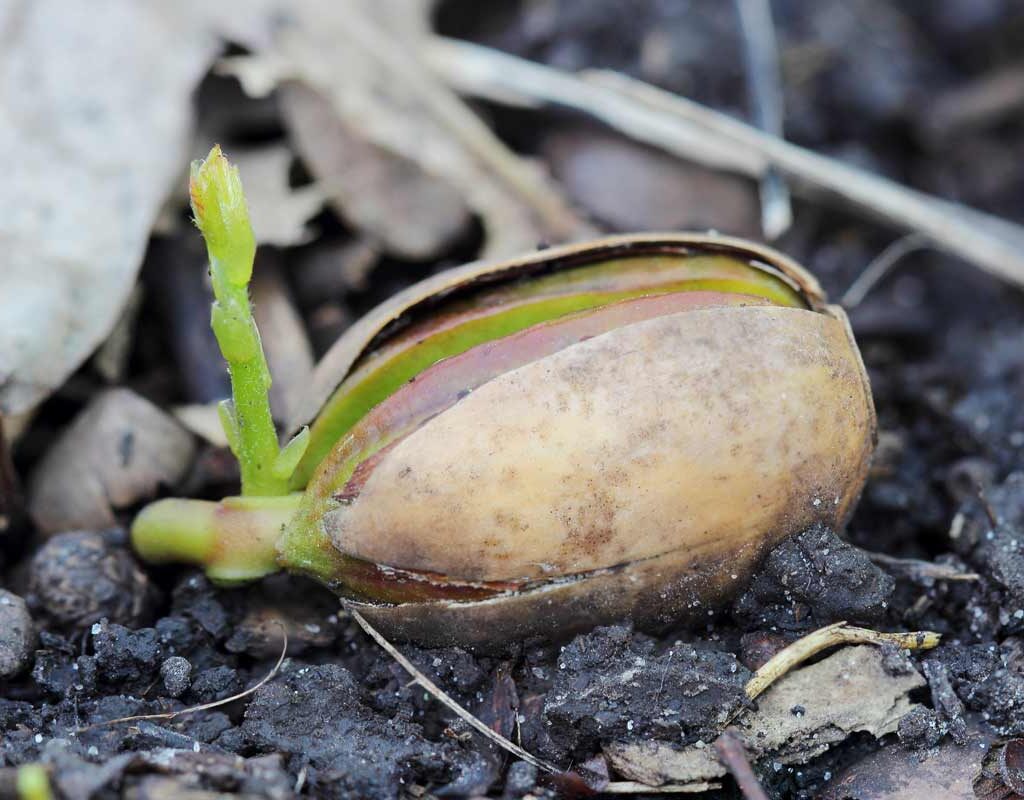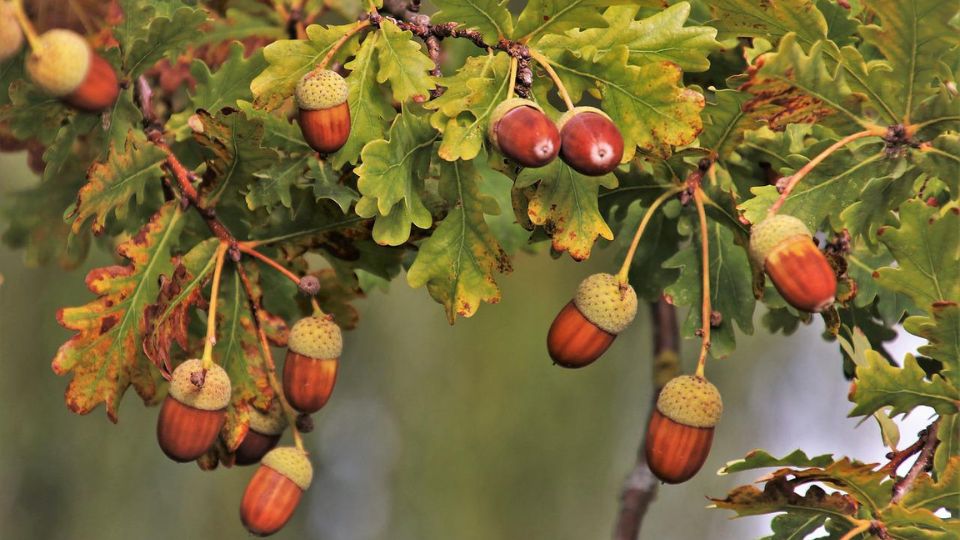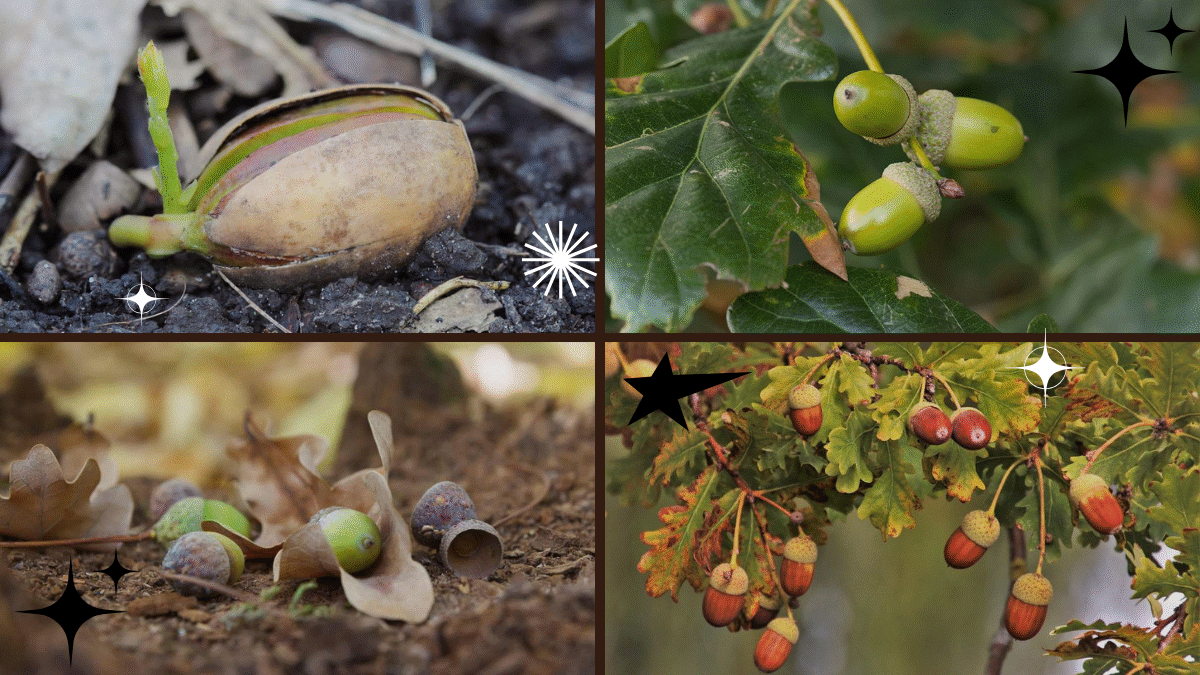Have you ever strolled through a forest, marveled at the towering, ancient oak trees, and wondered how they began life as a small, humble acorn? Planting an acorn and nurturing it into a mighty oak is one of the most rewarding gardening projects you can undertake — a gift for future generations and a beautiful way to reconnect with nature.
In this comprehensive guide, we’ll walk you through every step of planting an acorn, from collecting and selecting the perfect seed to watching your young oak sapling grow tall and strong.

Why Plant an Oak Tree?
Before diving into the process, it’s worth understanding why oak trees hold such a revered place in gardens, forests, and human history. Oak trees symbolize strength, endurance, and wisdom. They can live for centuries, offering shade, shelter, and food for countless creatures — from squirrels and birds to insects and fungi.
In addition, oak trees contribute to the environment by improving air quality, reducing carbon dioxide levels, and providing habitats for hundreds of species. Planting one is a wonderful way to leave a lasting mark on the landscape.
When Is the Best Time to Plant an Acorn?
The ideal time to plant an acorn is in late fall, soon after it has naturally fallen from the tree. This allows the acorn to go through its natural cold stratification process — a period of cold exposure necessary for germination — during the winter months. By spring, the acorn will be ready to sprout.

Step-by-Step Guide: How to Plant an Acorn and Grow a Mighty Oak
1. Collecting Acorns
The first step is to find fresh, healthy acorns. Look beneath mature oak trees in early to mid-fall when acorns typically drop.
Tips for Collecting Acorns:
- Choose acorns free from holes, cracks, or mold.
- Avoid those that feel lightweight or rattly, as they may be hollow or dried out.
- Pick acorns soon after they fall to prevent pests from getting to them.
2. Testing Acorn Viability
Not all acorns are capable of germinating. A simple water test can help you determine which ones are viable.
How to Test:
- Place your acorns in a bucket or bowl of water.
- Wait for 5-10 minutes.
- Viable acorns will sink; discard any that float.
This floating test isn’t foolproof but offers a quick way to weed out most of the bad seeds.

3. Preparing Acorns for Planting
Depending on when you collected them, acorns may need to be stored or prepared for cold stratification.
If planting immediately (in fall):
- No extra preparation is needed.
If delaying planting (or if planting indoors):
- Place viable acorns in a plastic bag filled with slightly moist peat moss, sand, or sawdust.
- Store the bag in the refrigerator at around 35-40°F (1.5-4°C) for 1-4 months.
- Check periodically to ensure they aren’t moldy or dried out.
This cold stratification mimics natural winter conditions and encourages sprouting.
4. Choosing a Planting Location
Oak trees grow large, so careful planning is essential.
Consider:
- A sunny, open area with well-drained soil.
- Room for the tree to spread (mature oaks can reach heights of 60-100 feet or more with broad canopies).
- Avoid planting near structures, sidewalks, or underground utility lines.

5. Planting the Acorn
There are two main methods: direct sowing outdoors and starting in containers indoors.
A. Direct Sowing Outdoors
Steps:
- Dig a hole about 1-2 inches deep.
- Place the acorn on its side (or with the pointed end down if it has one).
- Cover lightly with soil.
- Water gently.
Pro Tip: Protect the spot with a wire mesh or cage to prevent animals from digging it up.
B. Starting in Containers Indoors
Steps:
- Fill a deep pot (at least 8 inches deep) with potting soil.
- Plant the acorn about 1-1.5 inches deep.
- Water the soil thoroughly.
- Place the pot in a cool, sunny spot.
Once the seedling grows to 6-12 inches tall, it can be transplanted outdoors.
6. Caring for Your Oak Seedling
Once your acorn sprouts, your oak seedling will need some basic care to thrive.
Watering:
Keep the soil moist but not soggy, especially during dry spells.
Mulching:
Apply a layer of mulch around the base (but not touching the stem) to retain moisture and suppress weeds.
Protection:
Young oaks are tempting snacks for deer, rabbits, and rodents. Use a tree guard or wire mesh to protect your sapling.
Weeding:
Remove competing weeds and grasses around the base to give your oak plenty of room and resources to grow.
7. Transplanting (If Needed)
If you started your acorn in a pot, transplant it outdoors when the seedling is 6-12 inches tall and the weather is suitable.
Steps:
- Choose a sunny, open spot.
- Dig a hole twice as wide and as deep as the pot.
- Gently remove the seedling, taking care not to disturb the roots.
- Place it in the hole and fill with soil.
- Water thoroughly.
8. Watching Your Oak Grow
Oaks are slow growers in their early years but will gradually pick up speed. Expect your oak to grow about 1-2 feet per year depending on the species and conditions.
With proper care, your oak will become a sturdy, majestic tree — providing shade, beauty, and wildlife habitat for decades to come.
Fun Facts About Oak Trees
- There are over 600 species of oaks worldwide.
- Oak wood is prized for furniture, flooring, and wine barrels.
- Oaks are among the longest-living trees, with some reaching over 1,000 years old.
- The oak is the national tree of the United States and several other countries.
Final Thoughts
Planting an acorn is more than a gardening project — it’s an investment in the future. The oak tree you nurture today could one day tower over the landscape, offering beauty, shade, and habitat for generations. It requires patience, care, and a little bit of faith in nature’s quiet, enduring magic.
So, the next time you spot an acorn on the ground, pick it up and imagine the mighty oak it could become. Follow these steps, and you just might grow a tree that stands for centuries.





Leave A Comment